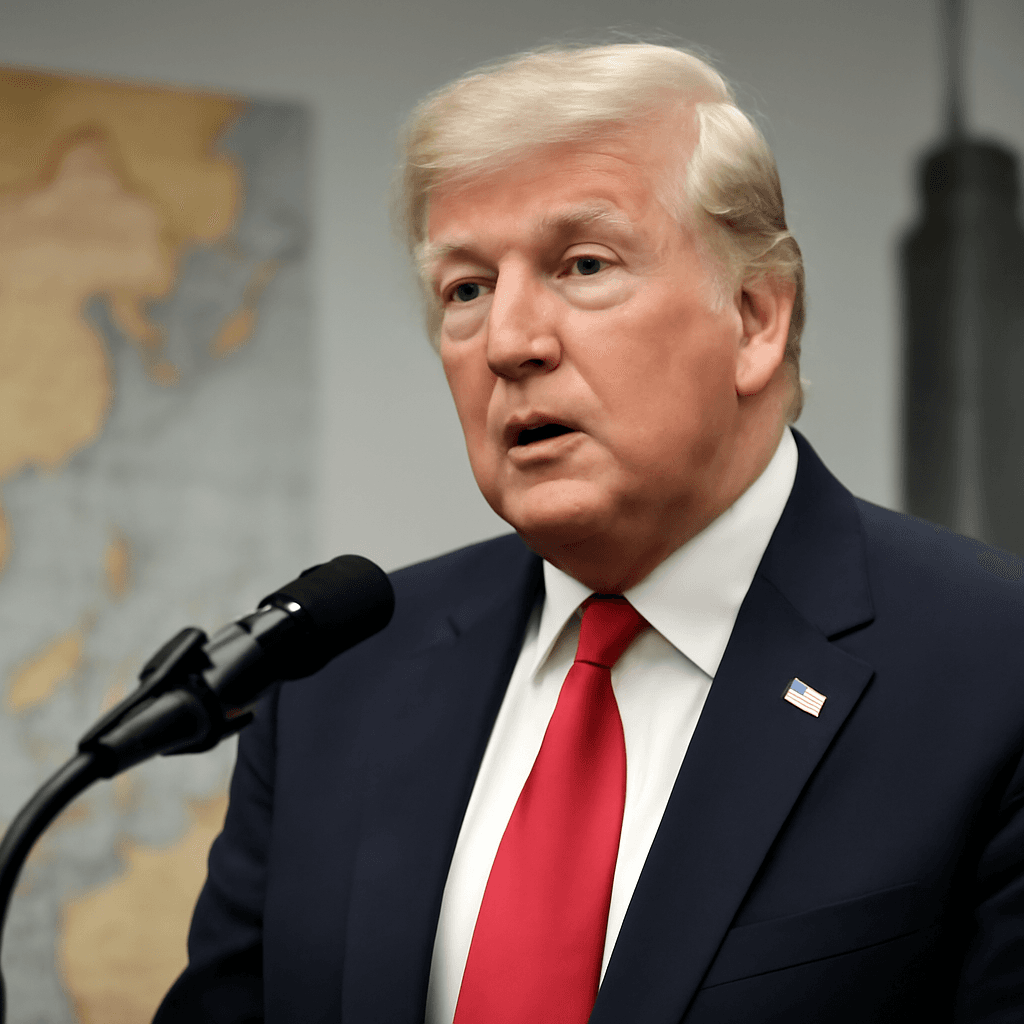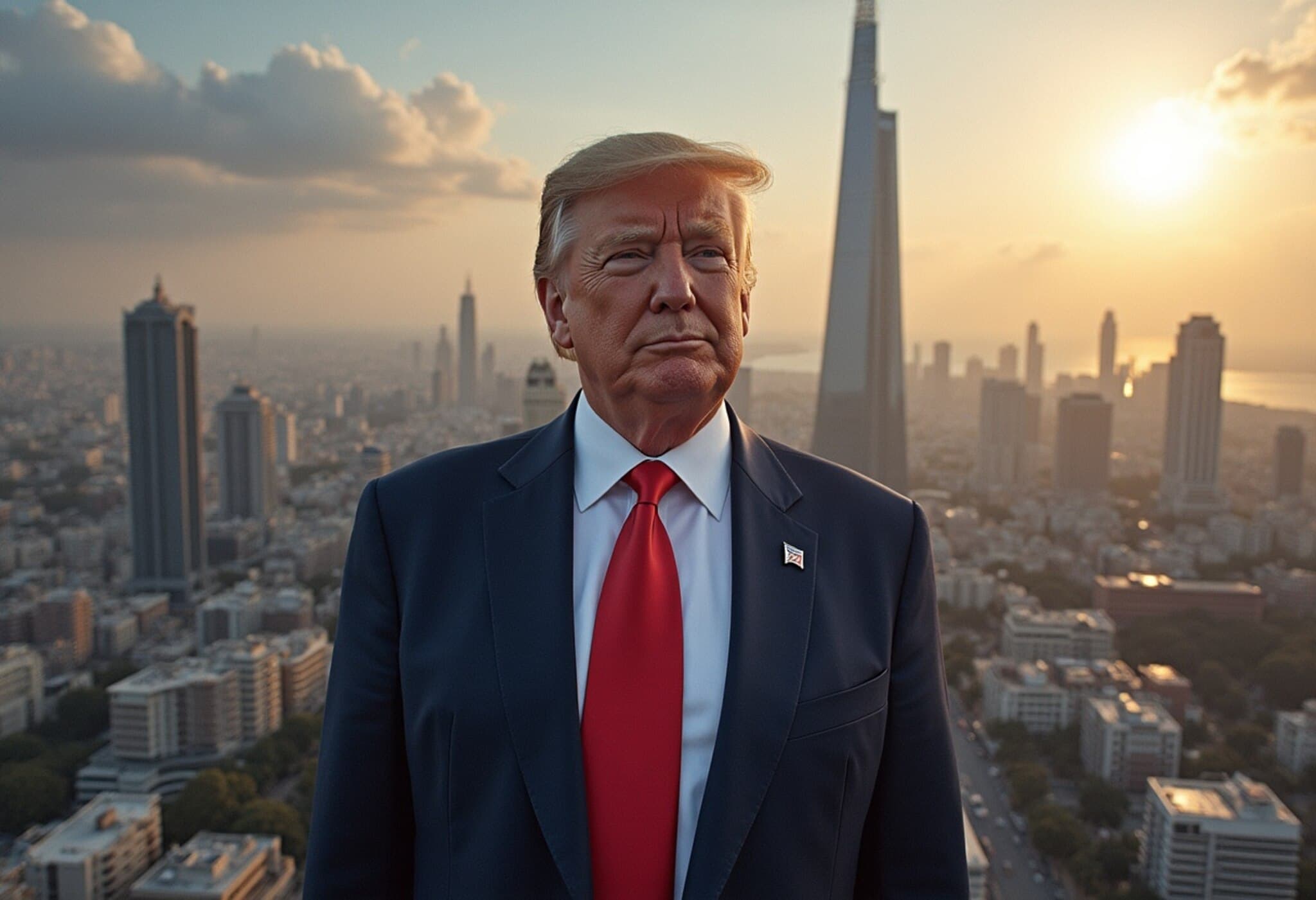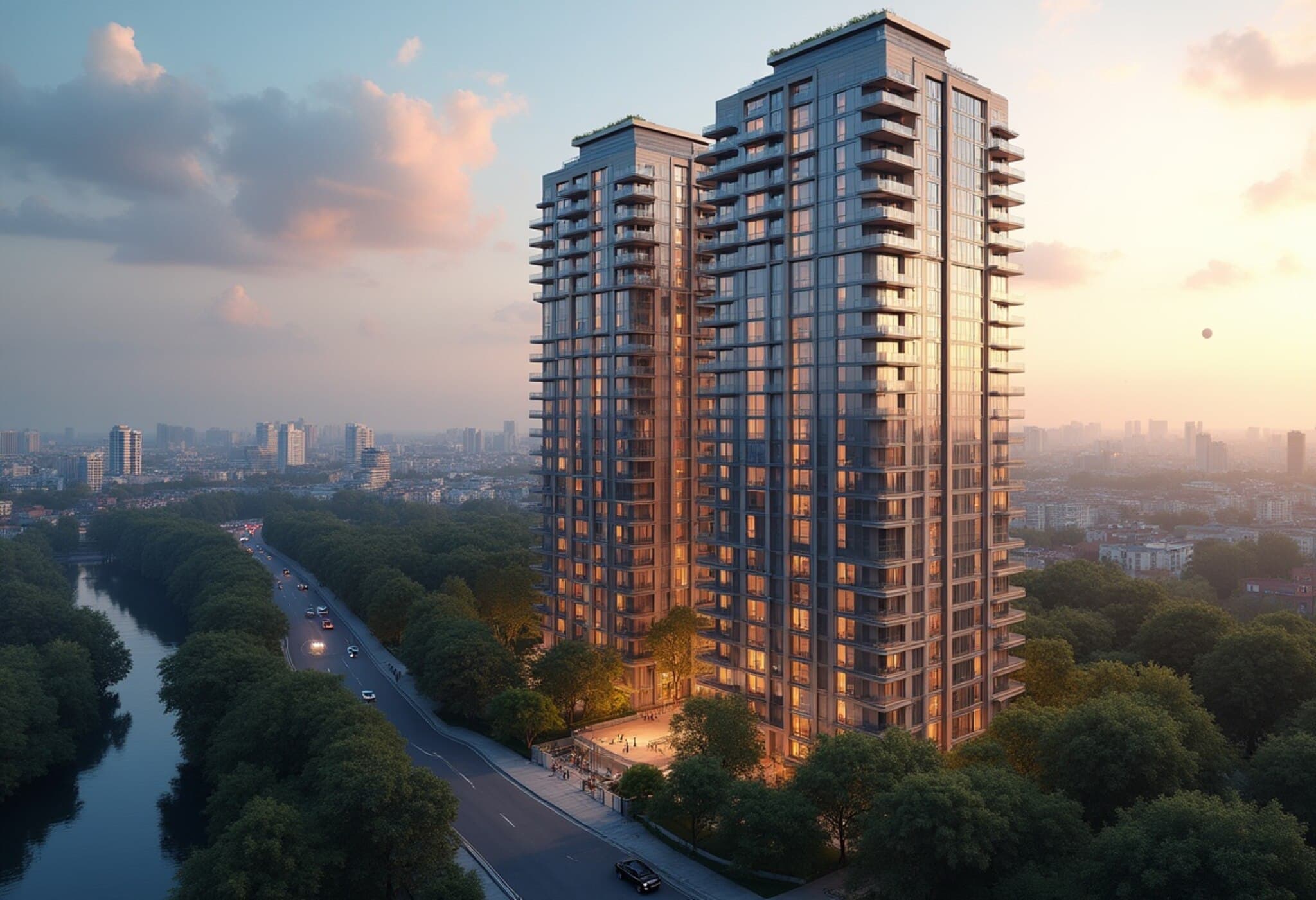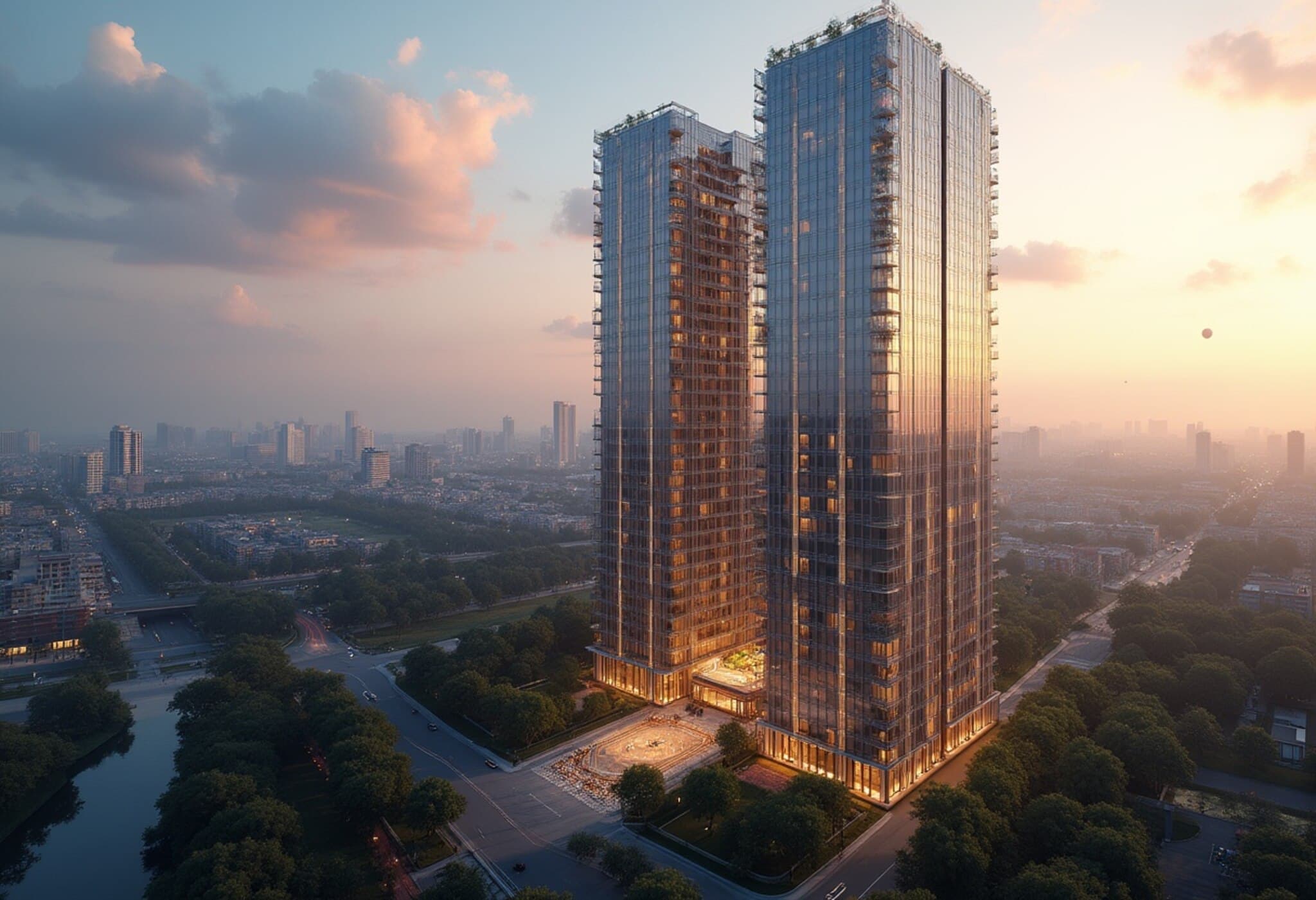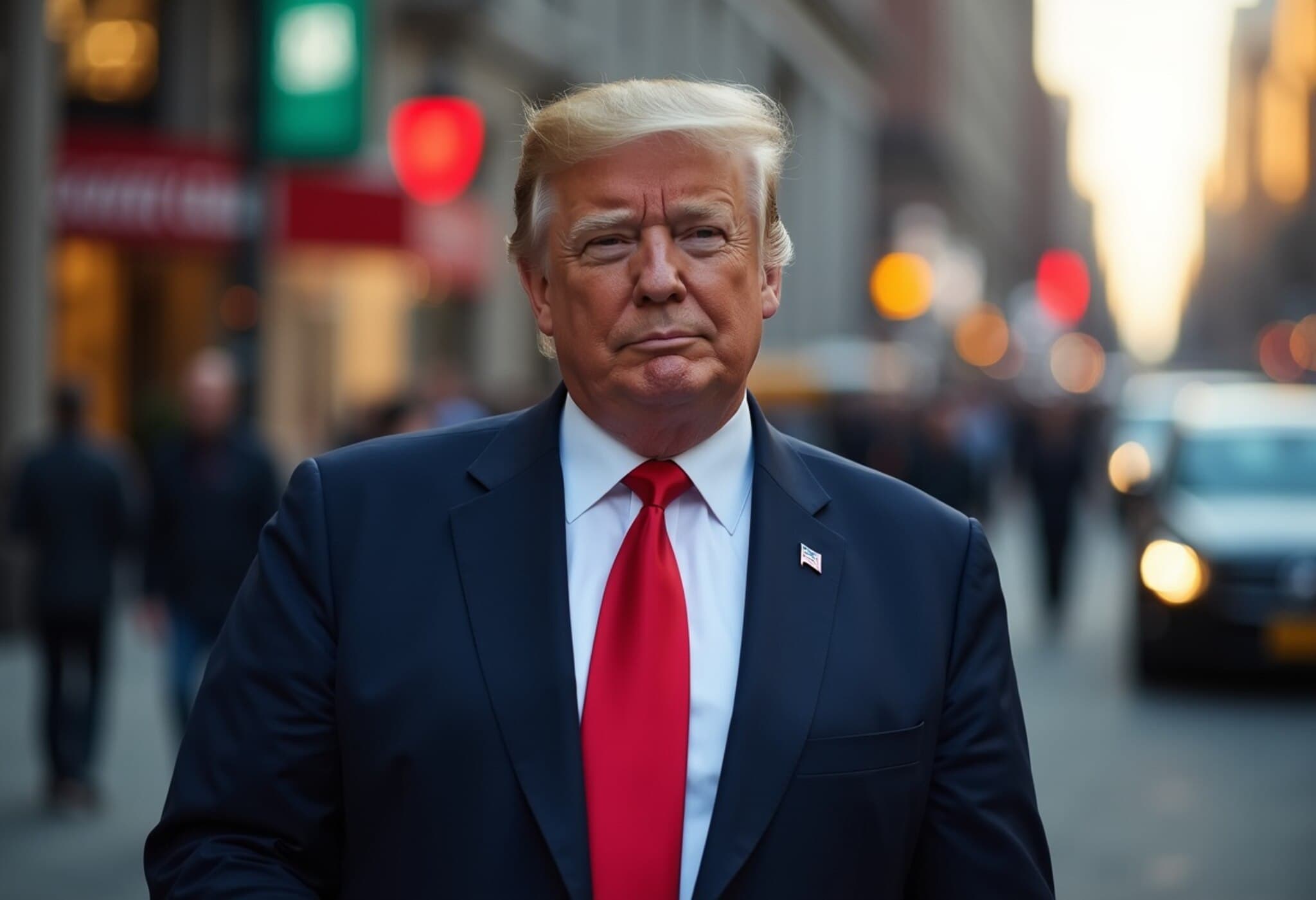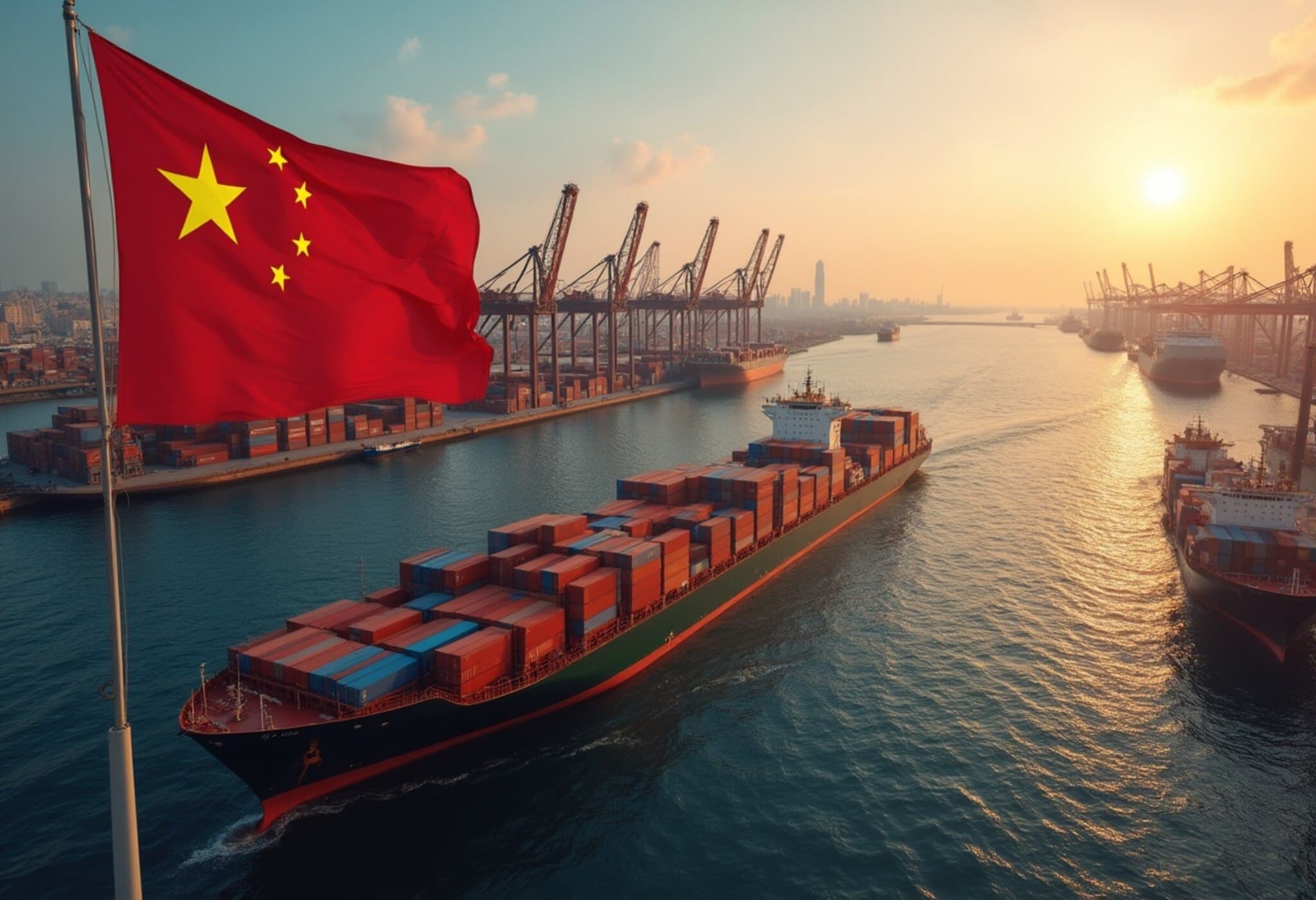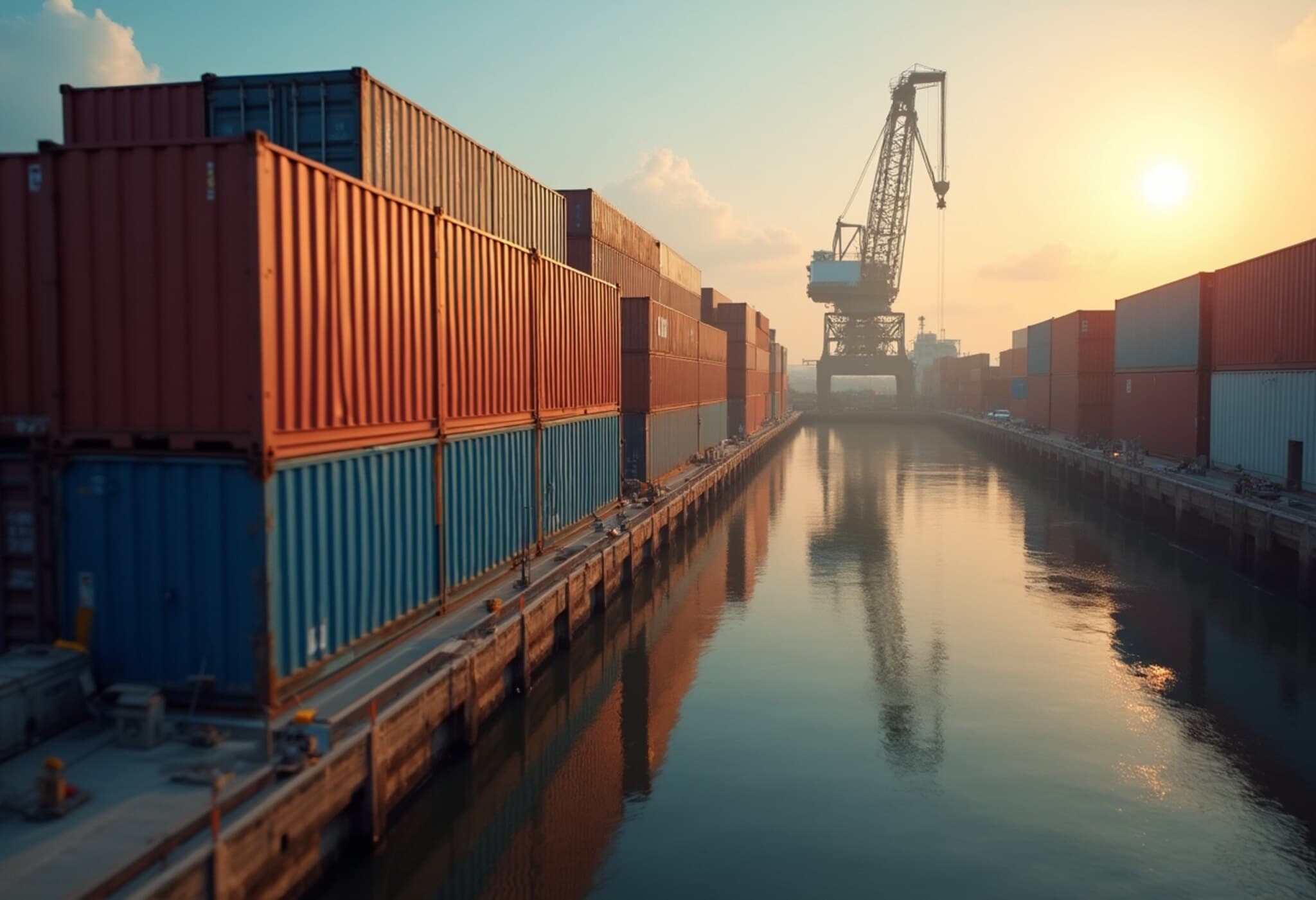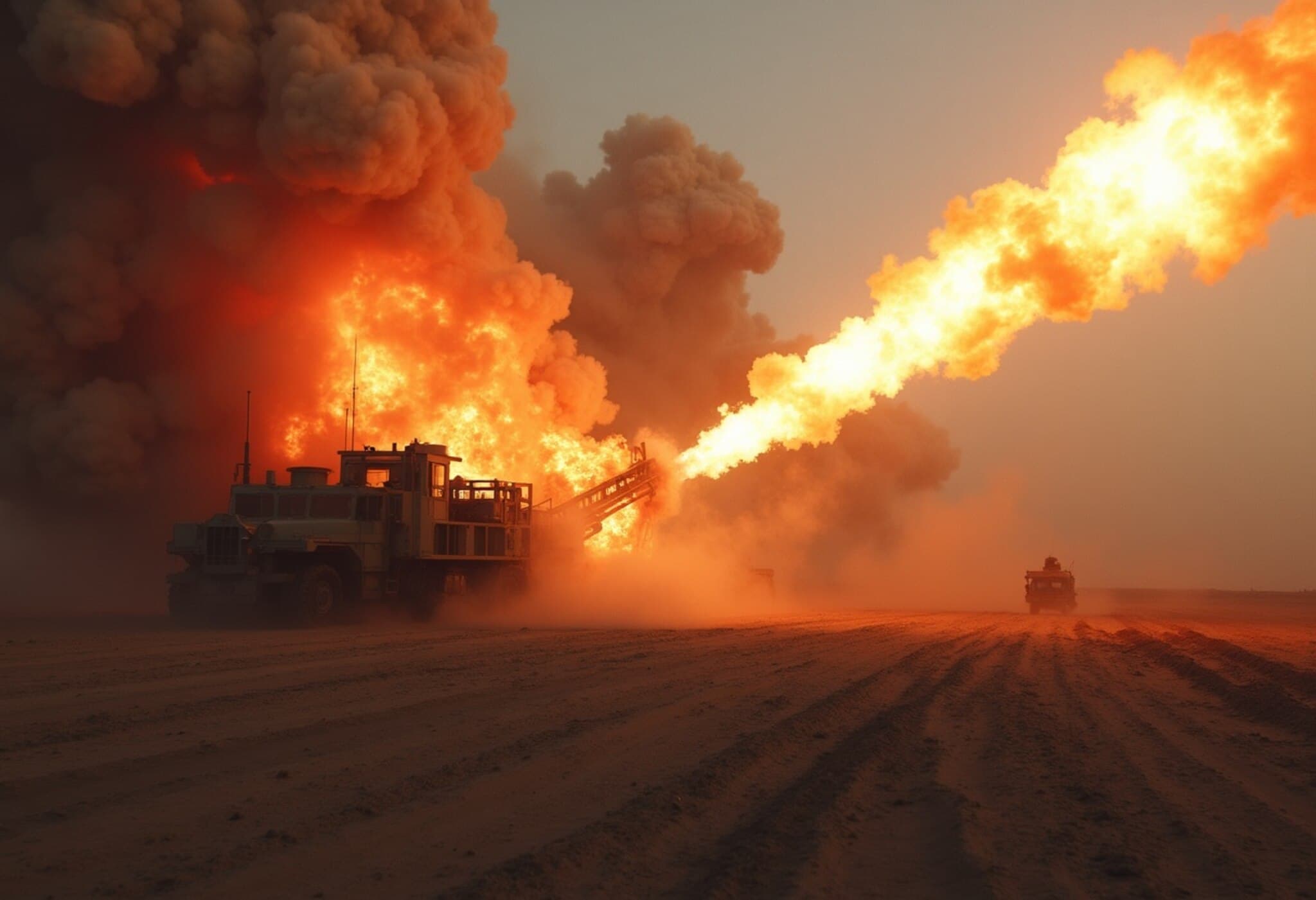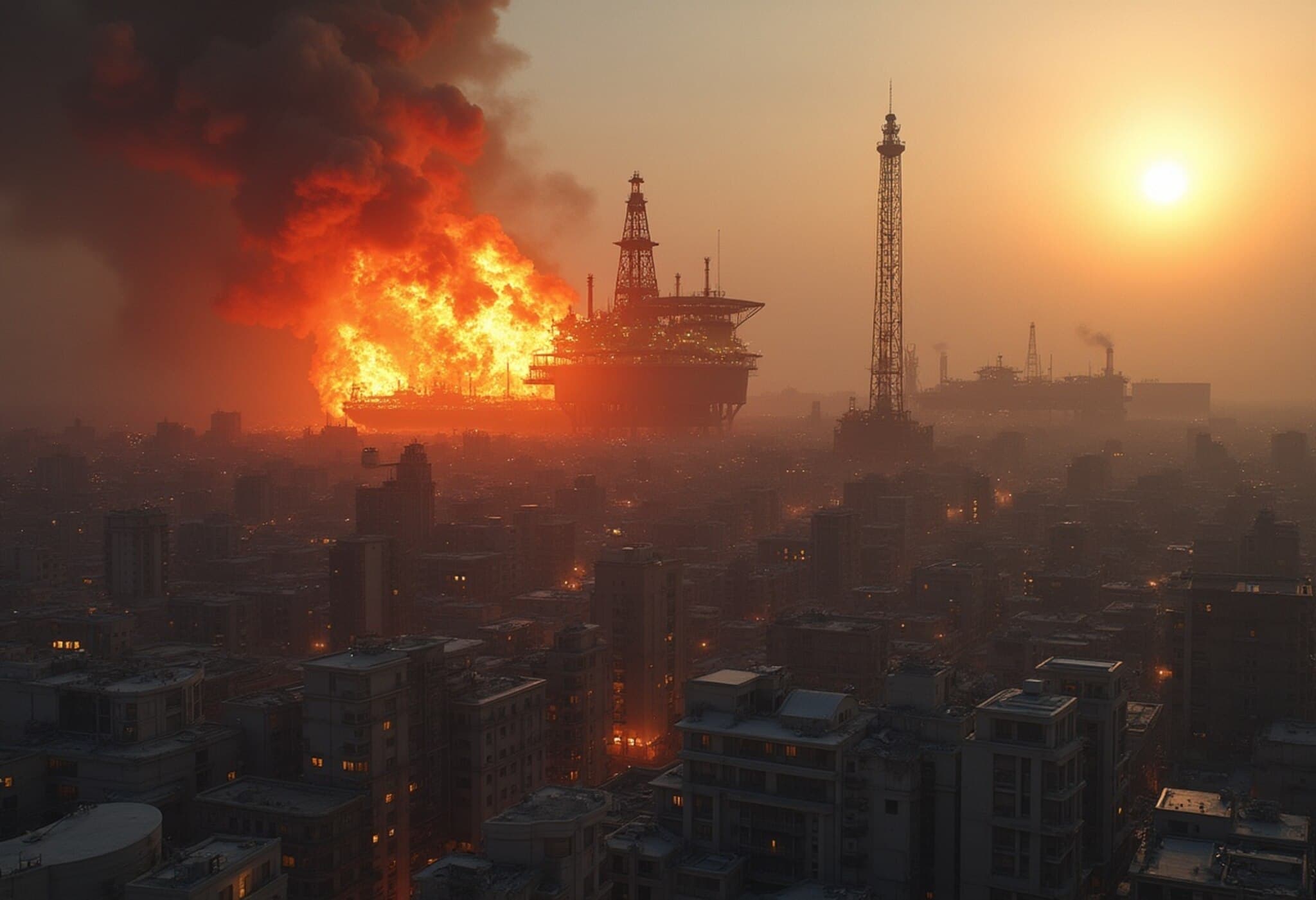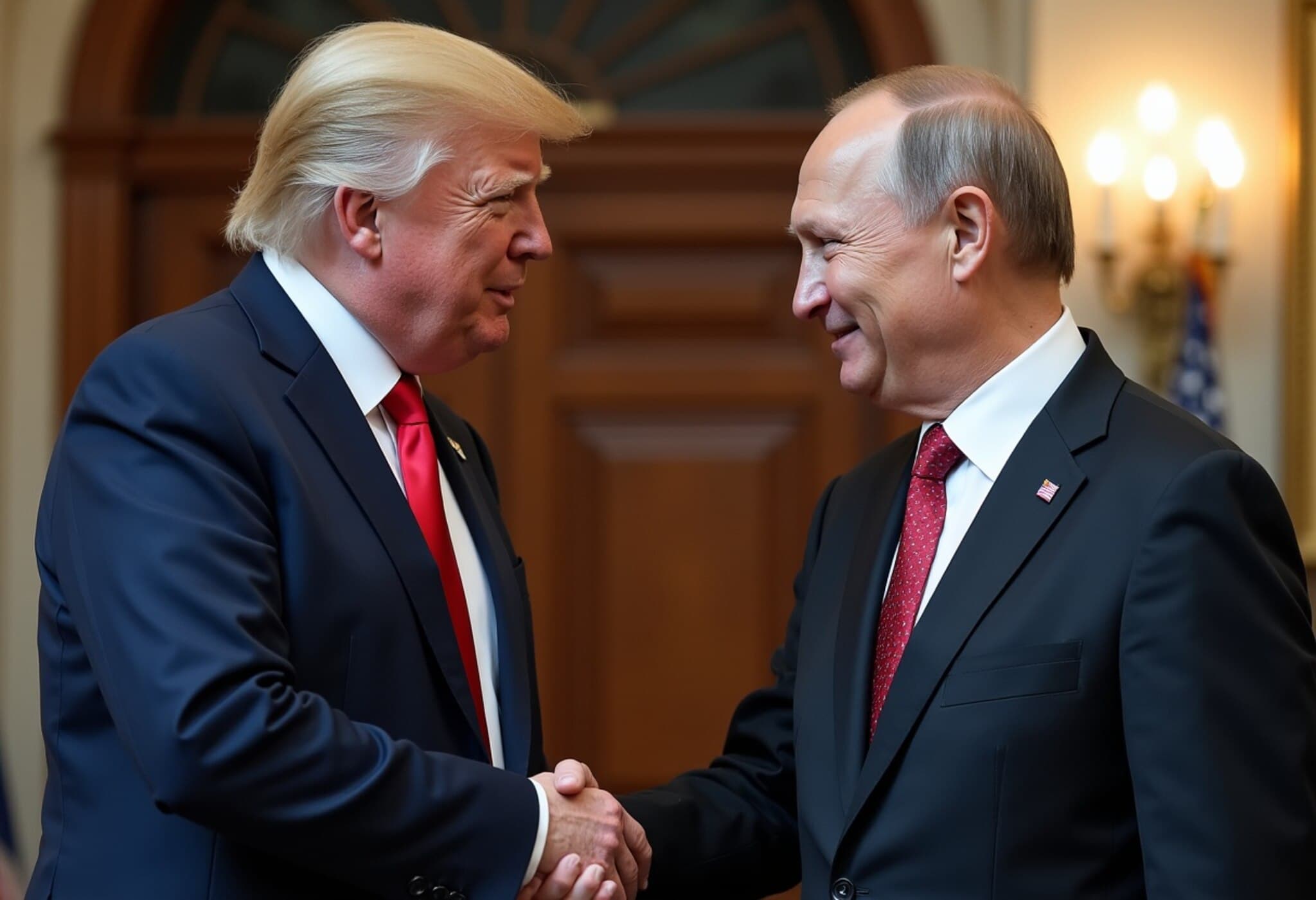From Boom to Bust: The Rise and Fall of Evergrande
China Evergrande Group, once hailed as the titan of China’s real estate sector, is now synonymous with one of the most staggering corporate collapses in recent memory. After its shares were suspended for nearly 19 months, Evergrande was finally delisted from the Hong Kong Stock Exchange — a symbolic end to a turbulent chapter that has sent ripples far beyond the Chinese property market.
Born during a period of relentless urban development, Evergrande’s spectacular ascent hinged on China’s aggressive real estate boom and the government’s initial push to combat deflation through rapid housing expansion. By 2017, the company’s market valuation soared to $53 billion, fueled by booming property prices and sales. However, this meteoric rise masked mounting financial vulnerabilities, culminating in a crushing debt load exceeding $300 billion.
Xi Jinping’s Deleveraging Campaign and the Real Estate Slump
When President Xi Jinping launched his sweeping deleveraging campaign around 2020, aimed at curbing systemic financial risks and reigning in speculative borrowing, Evergrande’s precarious position became unsustainable. The company defaulted on a US dollar bond in late 2021, shattering investor confidence and triggering widespread alarm about contagion risks across global markets.
While historically China’s property market experienced rapid cycles of downturns followed by rebounds, this time Xi refrained from deploying the heavy stimulus measures that once revived the sector. Instead, real estate investment contracted by 11% in the first half of 2025, signaling a prolonged period of stagnation. The July 2025 Politburo meeting notably omitted direct mention of property market recovery efforts, reflecting a deliberate government pivot to a fragmented, regionally tailored housing policy strategy.
Fragmented Recovery and Regional Divergence
This region-specific approach means that while major cities like Beijing and Shanghai are seeing tentative signs of price stabilization and sales growth, many other areas continue to languish under unsold inventory and falling valuations. Analysts at HSBC warned of a “highly divergent recovery,” where only state-backed developers with robust pricing control in select regions might claw back market share.
What This Means for Developers
- Evergrande: With $45 billion in creditor claims but liquidators recovering only $255 million so far, the future remains bleak and uncertain.
- Country Garden: Facing a winding-up petition, signaling severe liquidity distress.
- Sunac: Undergoing a second debt restructuring in two years, reflecting ongoing financial instability.
These examples underscore the deep structural issues confronting China’s property sector—including overleveraging, slowing demand, and cautious government intervention.
Beijing’s Dilemma: Prioritizing Stability Over Creditors
The Chinese government's current stance emphasizes completing unfinished housing projects to protect social stability and homeowners’ interests, rather than bailing out creditors, especially offshore investors. This pragmatic, if politically driven, approach reflects Beijing’s prioritization of social harmony and economic stability over market conventions cherished in Western economies.
For American and global investors, Evergrande’s collapse highlights the geopolitical risks of investing in sectors heavily influenced by state policy. It raises crucial questions about transparency, creditor protections, and the role of government in crisis intervention.
What Lies Ahead?
Evergrande’s downfall is not just a corporate failure; it’s a manifestation of broader economic and policy challenges facing China’s transition from fast-paced growth to sustainable development. How the government manages the aftermath—balancing debt resolution, market confidence, and social stability—will be a critical indicator of China’s economic resilience in the years to come.
Editor’s Note
Evergrande’s saga is a cautionary tale about the risks of unbridled debt-fueled expansion in emerging economies with opaque regulatory frameworks. It compels policymakers and investors alike to reconsider assumptions about market certainty and underscores the importance of diversified risk management. As China’s property slump continues, the global financial community must watch closely: the “hard landing” of the world’s most indebted firm offers sobering lessons on interconnectedness, responsibility, and the complex dance between state policy and market forces.



